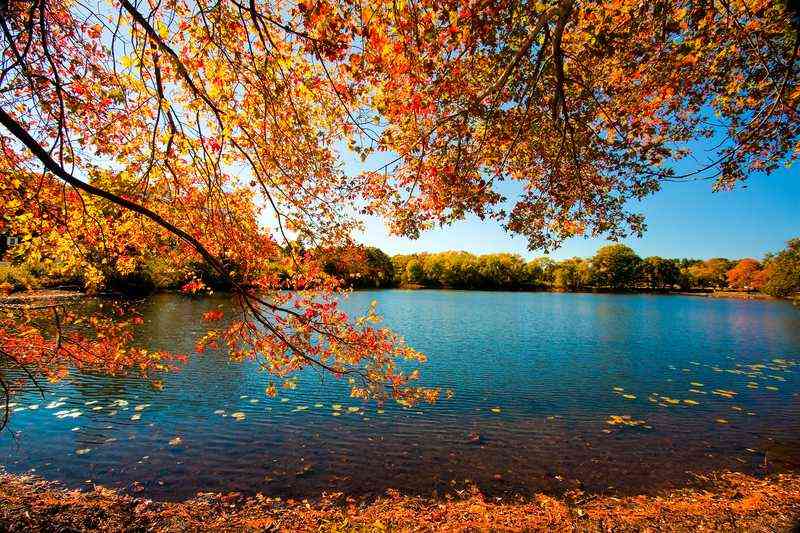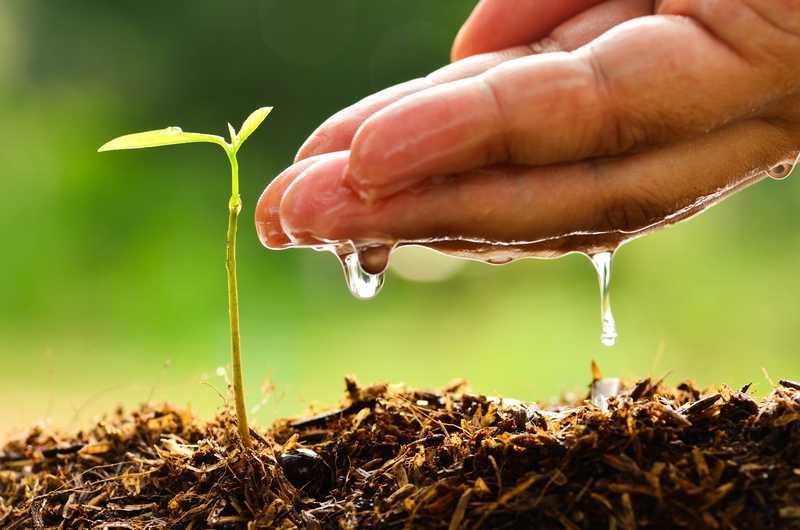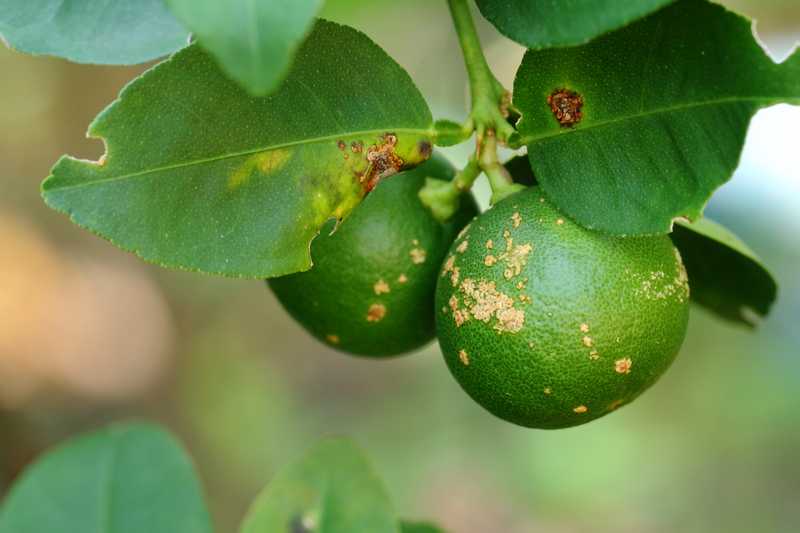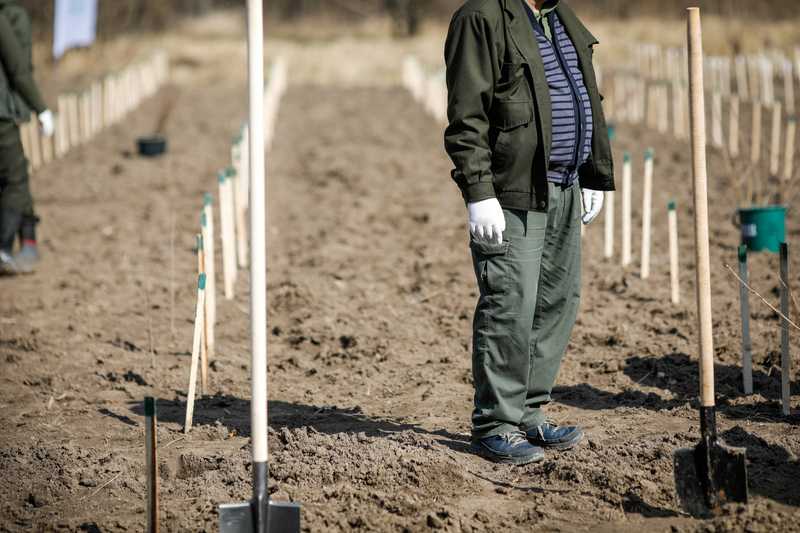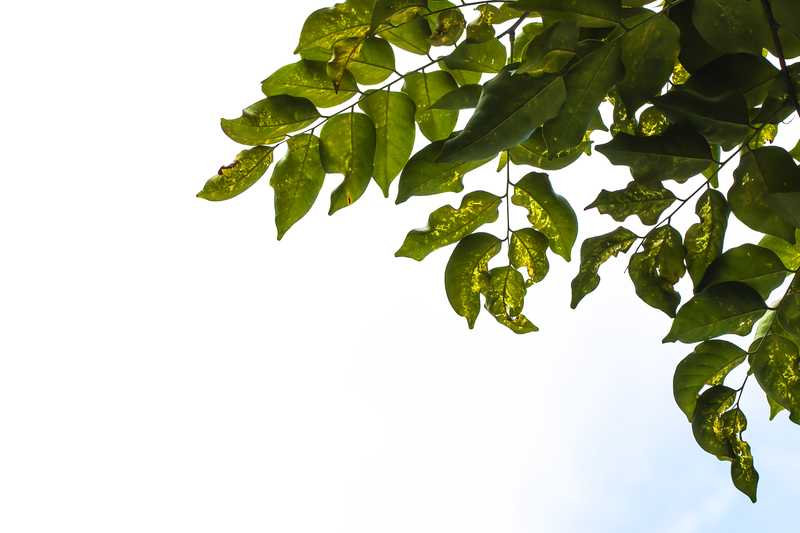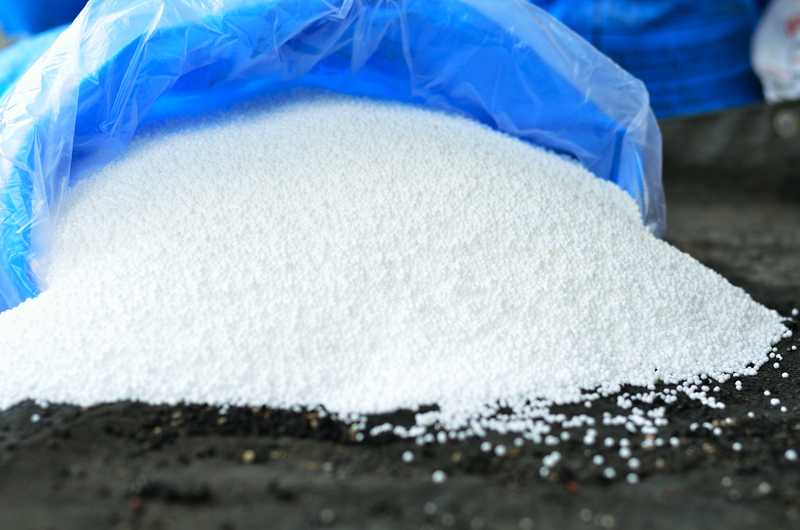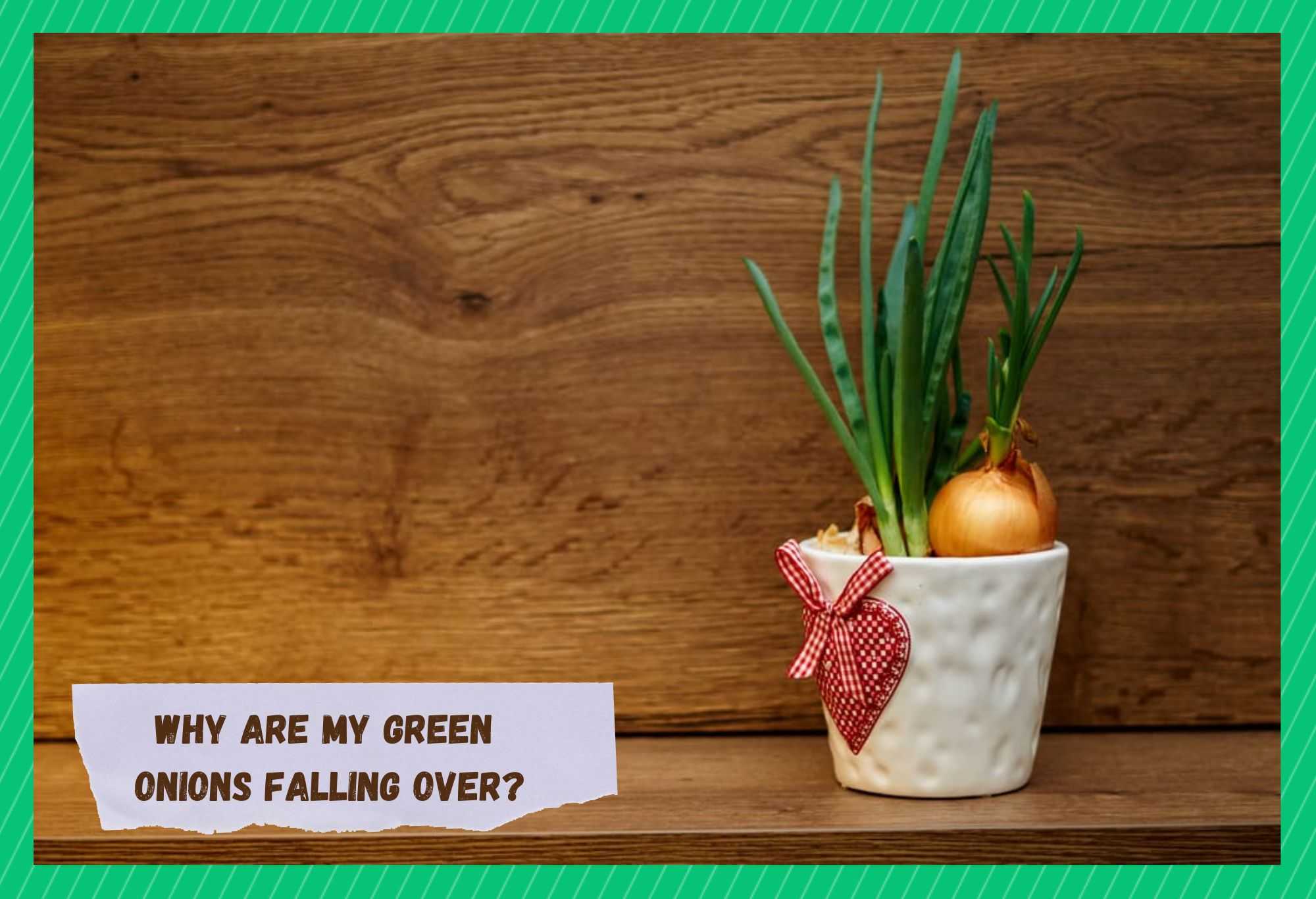
The green onions’ leaves tend to fall over as the plant matures and when the bulbs are ready to be plucked. However, there are various plant diseases and pests that can cause premature falling over of green onions.
In fact, there are some more reasons behind the premature falling over of green onions but there are some preventive measures that you can take to fix this issue.
Why Are My Green Onions Falling Over?
- Seasonal Falling Of The Green Onion
When the season of green onion is near the end, the onions will start falling over. That’s because when the bulbs reach the growth point when they cannot support themselves, the onions start falling over and the bulbs have to be plucked.
To illustrate, when you plant the onion seeds or onion sets, the leaves grow out and become taller and use the energy produced by photosynthesis to grow the bulb.
So, if it’s the season’s end and the green onion has started falling over, it’s time you harvest them and use them. This is because when the green onion reaches maturity, it won’t be able to support the leaves’ weight on its own, hence the falling over.
In addition, it’s recommended that you plant them at the beginning of the season to make sure there is sufficient time for growth. Also, make sure that you harvest the bulbs before rainfall because excess moisture can rot the onions.
- Insufficient Water Intake
Green onions need more water to grow properly and insufficient water intake can cause the falling over. In particular, insufficient water intake tends to dry out the plant and the plant won’t be able to hold the onion bulbs for a long time. As a result, the plant will start falling over before it reaches full maturity.
So, to prevent early falling over, it’s recommended that you water the plant properly and make sure you use moist soil variety to plant the onions as sandy soil not only dries up quickly but also drains quickly. In particular, the onions need more water during the early growth phase.
On the other hand, if you live in hot and dry areas, it’s recommended that you add a layer of mulch on the topsoil of the onion plant to prevent evaporation and maintain moisture to support the onion growth.
In addition, mulch can smother the pre-grown weeds and prevent the growth of new weeds. Last but not least, you should reduce the watering at the end of the season (preferably when the bulbs start to show).
- Pests
The pests are the worst thing that can happen to a plant and green onions are no exception. This is because the pests can feed on the onion bulbs, resulting in weak plants.
In addition, the pests can consume all the nutrients from the onions, making them useless. In most cases, pest-infested green onions wilt and die but yellowing is the most common symptom of an infested plant.
The most common pest to infect green onions is onion maggot – these are brown-gray flies with a humped back. When the eggs of these maggots hatch, the larvae will start feeding on the onions’ roots. In addition, the maggots can get into the stems, which results in premature wilting of onion leaves.
To prevent pest infestation, it’s recommended that you use row covers. Whenever you plant the green onion, you have to use the row covers for the first three to four weeks – a row cover will protect the plant by preventing the pests from laying eggs.
In addition to using row covers, you can use fly paper or sticky cards as they help trap the maggots – these flies are attracted to vibrant colors, so it’s best that you use yellow cards. These cards are easily available online and at garden centers.
- Diseases
Diseases like downy mildew can damage green onions and cause early falling over. The plants with downy mildew tend to become yellow but this disease is more common in warm climates.
So, if you are growing green onions in a warm country and the green onions are falling over and have become yellow, it means that the plant is suffering from downy mildew. As far as the solution is concerned, you should consult someone at a plant nursery to recommend a topical solution.
- Shallow Planting
If the green onions were planted shallow during the transplant, it can also cause premature falling over. The experts recommend planting the onions at least one inch deeper to make sure there is sufficient soil to anchor your plant and prevent the leaves from falling over.
In addition, you must remember that the onion bulbs will start emerging from the soil naturally as they grow. For this reason, you must not pile soil around the bulbs if they start to show because it can rot the stems.
Secondly, you have to be particular about the transplanting time. Ideally, you should transplant the seedlings when they are five to six inches tall and have already developed three leaves.
The first option is to transplant them to deeper and bigger pots as they help develop the roots. This will ensure that they grow upright and the leaves are thickened – you can also trim them if the leaves grow too big.
The second transplanting option is to plant them outside but only do it during early and mid-March. However, if you plant them outside, it’s recommended that you use horticultural fleece to protect the plant from cold nights.
- Excessive Heat
This is another reason behind the premature falling over of green onions. This is because when the temperature is too hot, the onion plant will reach the end of the life cycle quickly and produce a flower with seeds for the next season.
So, if the flower has been produced on the plant prematurely, it’s recommended that you cut off the flowers and harvest the onion. However, to prevent this from happening, make sure that the soil temperature doesn’t go beyond 25 degrees Celsius (the range should be between 20 degrees Celsius and 25 degrees Celsius).
Tips To Improve The Green Onions Growth
Green onions are easy to grow, which is why people always plant them in their kitchen gardens. However, to get a sufficient and healthy harvest, you need to focus on the nutrients you provide to the plant as well as the environmental conditions.
So, to help you improve the growth of your green onions, we are sharing some tips.
- Use Fertilizer
Just like other plants, green onions also need fertilizers to grow. It is recommended that you opt for nitrogen-rich fertilizer for the onions because nitrogen encourages faster leaf growth.
As a result, the onions will have more surface area for photosynthesis to grow the bulb. One of the most recommended options is a blood meal, which is an organic fertilizer. This fertilizer has 13% to 15% nitrogen.
Secondly, you can also use phosphorus-based fertilizers as they help grow bigger onions. That’s because phosphorus helps in the growth and development of the roots, which means the onion bulbs will grow more.
It doesn’t matter which fertilizer you use, it’s recommended that you opt for a liquid version and use it after every two to three weeks to promote plant growth.
- Planting Location & Time
The green onions thrive in full sun, so make sure the planting location gets a minimum of six to eight hours of sunlight every day. In addition, the soil must drain effectively. For this reason, it’s recommended that you use raised beds to grow green onions.
Lastly, you should plant the green plants during the early spring season and add the seeds again during mid-summer to get a sufficient harvest in the autumn season.
The Bottom Line
Planting green onions is quite convenient and their fast growth is everyone’s favorite. However, you need to be careful while transplanting them and make sure they are watered properly to ensure their bulbs have sufficient moisture and nutrients to grow.

